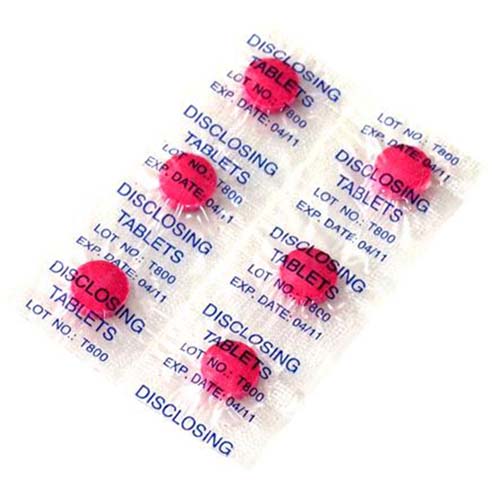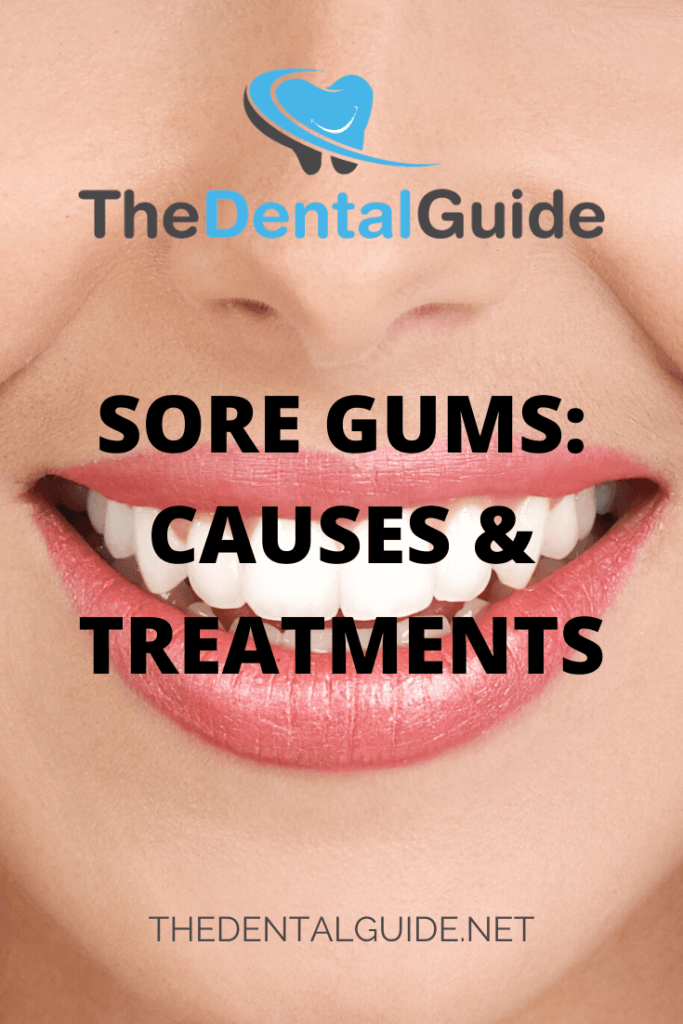Plaque Disclosing Tablet

The plaque disclosing tablet, a simple yet effective tool in the quest for optimal oral health. These chewable tablets have been a cornerstone in dental hygiene for decades, providing a visual aid to help individuals identify areas where plaque has accumulated on their teeth. But how do they work, and what benefits can they offer in maintaining a healthy, plaque-free smile?
To understand the functionality of plaque disclosing tablets, it’s essential to delve into the world of dental plaque itself. Dental plaque is a biofilm of bacteria that forms on the teeth, both above and below the gum line. It’s a natural process, and this biofilm can’t be completely eradicated, but when left unchecked, it can lead to more severe issues such as gingivitis and periodontitis. Plaque disclosing tablets contain dyes, typically erythrosine, that stain dental plaque, making it visible to the naked eye. When a tablet is chewed, the dye spreads across the teeth, highlighting areas where plaque has built up.
The use of plaque disclosing tablets can be particularly beneficial in dental education and hygiene practices. For instance, they serve as an invaluable tool for dentists and hygienists to demonstrate to patients the importance of thorough brushing and flossing. By visualizing the plaque on their teeth, individuals can better understand the necessity of daily dental hygiene routines and make necessary adjustments to their brushing techniques. This visual aid can also motivate individuals to improve their oral hygiene habits, seeing firsthand the impact of their daily routines on plaque buildup.
Moreover, plaque disclosing tablets can be especially helpful for children. Teaching children about the importance of oral health can sometimes be a challenge, but these tablets can make learning fun and interactive. By chewing a disclosing tablet and then inspecting their teeth in a mirror, children can see the ‘bad guys’ (plaque) that they need to brush away, making the concept of dental hygiene more tangible and engaging.
However, while plaque disclosing tablets are effective in highlighting plaque, they are not without limitations. The dyes used in these tablets are generally considered safe but may temporarily stain teeth, gums, and other oral tissues. It’s also important to note that the stains caused by the tablets do not themselves cause any harm; they merely serve as indicators of plaque presence. Furthermore, reliance solely on plaque disclosing tablets for oral hygiene assessment might not provide a complete picture of dental health, as they do not detect calculus (tartar), which is hardened plaque that has firmly attached to the tooth surface and can only be removed by a dental professional.
In addition to their educational value, plaque disclosing tablets can also play a critical role in the monitoring and management of dental health at home. Regular use of these tablets, perhaps once a week, can help individuals track their progress in maintaining a plaque-free mouth. This regular check can also help in identifying areas that are frequently missed during brushing, allowing for adjustments to be made to daily oral hygiene routines.
For those considering incorporating plaque disclosing tablets into their dental hygiene regimen, it’s essential to follow the manufacturer’s instructions for use. Typically, the process involves chewing a tablet thoroughly and then inspecting the teeth with a mirror. The stains will appear as pink or red marks on the teeth, indicating areas of plaque accumulation. After inspection, it’s crucial to brush the teeth thoroughly to remove the plaque and the dye.
In conclusion, plaque disclosing tablets serve as a valuable tool in the maintenance of good oral health. By providing a visual representation of plaque on the teeth, they offer a unique educational opportunity for individuals of all ages to understand the importance of thorough dental hygiene. While they should be used in conjunction with regular brushing, flossing, and dental check-ups, these tablets can be a significant addition to any oral health regimen, promoting healthier gums, a cleaner smile, and a better understanding of the ongoing battle against dental plaque.
How often should I use plaque disclosing tablets?
+It's recommended to use plaque disclosing tablets about once a week. This frequency allows for regular monitoring of plaque buildup without overdoing it, as the dyes can temporarily stain teeth and gums.
Are plaque disclosing tablets safe for children?
+Yes, plaque disclosing tablets are generally considered safe for children. They are a useful educational tool to help kids understand the importance of brushing their teeth properly. However, it's always a good idea to consult with a dentist before giving them to very young children.
Can plaque disclosing tablets replace regular dental check-ups?
+No, plaque disclosing tablets should not be used as a replacement for regular dental check-ups. While they can help identify plaque, they do not detect other dental health issues such as cavities, gum disease, or oral cancer, which can only be diagnosed by a dental professional.
Incorporating plaque disclosing tablets into your oral hygiene routine can offer a multitude of benefits, ranging from improved plaque control to enhanced awareness of dental health. By leveraging these tablets as part of a comprehensive approach to oral care, individuals can take significant steps towards achieving and maintaining a healthy, vibrant smile.
